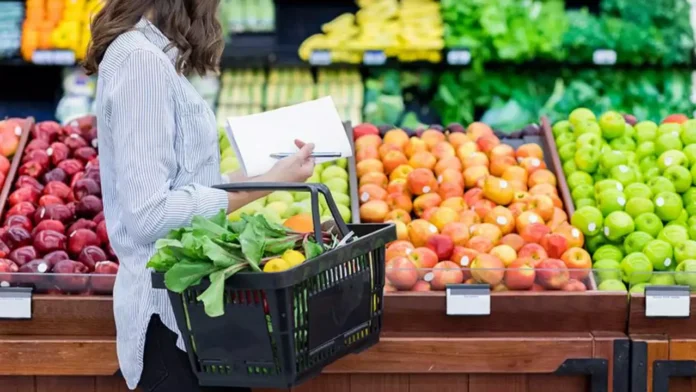Global food commodity prices increased for the third straight month in May, driven by rising costs of cereals and dairy products.
Comparison with Previous Year and Peak Values
The FAO Food Price Index, which monitors monthly fluctuations in international prices of widely-traded food commodities, increased by 0.9% in May from the previous month, reaching 120.4 points.
According to the UN’s Food and Agriculture Organization, the index level for May was still 3.4% lower than it was at the same time last year.
The figure was also 24.9% lower than its peak in March 2022.
Continue Exploring: Food prices set to ease post-June as IMD predicts above-normal monsoon in India
Cereal Price Index Surge
The cereal price index surged by 6.3% from April, driven by “rising global wheat export prices, which reflect growing concerns about unfavorable crop conditions reducing yields for the 2024 harvests in key producing regions such as parts of North America, Europe, and the Black Sea region,” according to the FAO.
The organization also noted that maize export prices rose in May due to production concerns in Argentina and adverse weather conditions in Brazil.
However, the cereal price index remained 8.2% lower than its May 2023 value.
Dairy Prices on the Rise
Meanwhile, dairy prices increased by 1.8%, with international price quotations for “all the dairy products represented in the index” rising in May.
Sugar Price Index Decline
Conversely, the sugar price index fell by 7.5% in May compared to the previous month, mainly due to a strong start to the new harvest season in Brazil. The FAO noted, “Lower international crude oil prices also exerted downward pressure on sugar prices by reducing demand.”
Vegetable Oil Price Decrease
Vegetable oil prices declined by 2.4% due to a decrease in palm oil quotations.
The meat price index saw a 0.2% decrease, driven by declines in international prices of poultry and bovine meats, alongside increases in pig and ovine meat prices.
In April, increasing prices of poultry, bovine, and ovine meats contributed to the overall rise in the FAO basket of food commodities. The organization attributed this to “slack internal demand” in Western Europe and “continuously lackluster demand from major importers,” notably China.
Continue Exploring: Global food prices rebound after three-year low: UN Report





